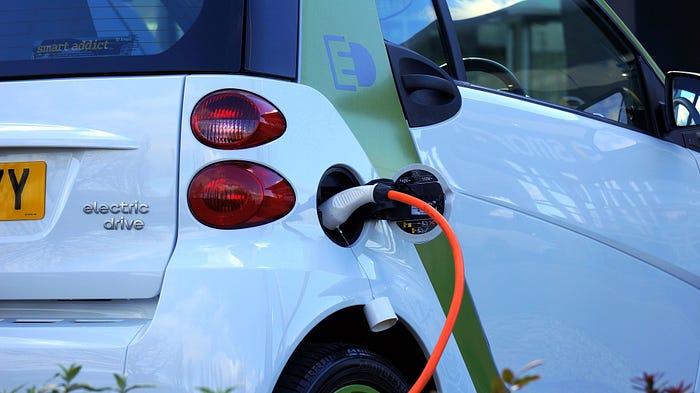Blog
Low carbon future: biofuels or electric vehicles?

In 2020 Europe plans the transition to eco-friendly fuels for the transport and industry. For the petrochemical and refining segment it is a loss of the part of the market and at the same time, it is a step out of the comfort zone to rebuild the business strategy.
With the increasing greenhouse effect, all the industries - and the Downstream segment in particular - are concerned about CO2 emissions and transition to low carbon future. According to http://epa.gov, in 2015 CO2 accounts for about 76% of total manmade greenhouse gas emissions in the world.
For the transportation industry, carbon dioxide emissions reduction is particularly acute, since transport is traditionally fuelled with gasoline and diesel. Their combustion releases 2.31 and 2.68 kg of CO2 per litre respectively. What steps do oil and gas companies take in this direction? They start to invest in the production of clean fuels and “green” technical solutions. In this article, we highlight and compare two main solutions: transition to biofuels and transition to electric vehicles.
Biofuels: types and CO2 emissions
Biofuels subdivide into the first and second generation. First generation biofuels are produced on the basis of sugar, starch or vegetable oil: abundant production of such biofuel can affect food supply. This type includes butanol, produced on the basis of starch from corn, potatoes, oats and fruits. Combustion of one litre of such biofuel produces 2.37 kg of carbon dioxide. Second-generation biofuels are considered to be "greener" as they are produced from more sustainable feedstock: agricultural waste and non-food crops. I wouldn’t really call these fuels “green” as they produce comparatively the same amount of carbon dioxide, but I cannot deny the advantages of such solution: sustainability of the feedstock and reduced emissions during production.

Electric VS conventional cars
The fashion for the electric cars - especially with the latest Tesla innovations - is spreading, we do not amaze anymore seeing them on the streets. Electricity is generally a more environmentally friendly energy source than gasoline in the context of the renewables developing. Despite this, production of the mid-size electrical vehicle (EV) emits 15% more carbon dioxide than a production of a similar gasoline car. For a larger EV, this number rises to 68%. Most electric vehicles are powered by lithium-ion batteries, which also produces large amounts of CO2 during manufacturing. But things are not so bad as it may seem from the first sight: it takes from six to eighteen months for EV to compensate emissions from production, and from this moment it can be considered more environmentally friendly than a gasoline car. Again, this is possible only if the cars are powered with clean energy.
What is the solution?
Biofuels combustion releases as much CO2 as gasoline or diesel, so they can hardly be called environmentally friendly. But they are “greener” than fossil fuels as they use more sustainable feedstock. EVs can be a solution to the CO2 emissions problem, but only if the batteries are charged with renewable energy. Now, electricity for EVs is produced by the same diesel, gasoline and coal, which does not help to reduce the number of emissions in general. There is an advantage for end users anyway: electricity’s stable price makes it a cheaper fuel.
There’s no solution that would eliminate CO2 emissions completely yet. Now we can rely more on EVs and renewable energy development: it will reduce the carbon dioxide emissions from the transportation industry and in far future also provide electricity for other industries as well. But what can oil and gas companies do at this turning point?
Now the future of the industry depends on the actions of the leading O&G corporations. Some oil and gas companies move to EV development: British Petroleum announced investment in a Chinese company, PowerShare, which is developing an online platform for electric vehicle drivers, charging operators and electricity providers. Eni S.p.A. chooses another way: in 2014 the company converted its Venice refinery into biorefinery with a capacity of 360,000 tons of vegetable oil per year. Eni’s second biorefinery is also nearing to completion: its capacity will comprise 750,000 tons per year of vegetable oil production and 600,000 tons of green-diesel production. It is still unclear when the industry will complete the transition to the low carbon future but it’s obvious that it is the right moment to invest in these technologies.
Article by: Regina Chislova, Project director of PRC Europe.
ADDITIONAL OPTIONS FOR YOU:
- subscribe to Regina's Medium profile and connect on Linkedin for more articles on industry trends and event networking tips
- find out more about Petrochemical and Refining Congress: Europe at prceurope.com
- request marketing materials here
- share the article in social networks using the buttons below and our tag #PRCEurope2020